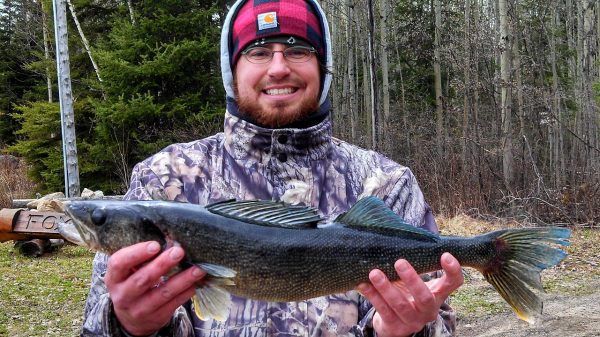Fall is an excellent time of year for anglers to shift their focus to cold weather fish such as walleye. During the fall months, walleye tend to move to the rivers, where anglers in the know can capitalize on this shift in behavior.
Anglers throughout the country take on different approaches for catching walleye on the river, but today we’ll look at three of the most common presentations.
Drag a Jig
Dragging a jig slowly downstreams along the river bottom can be an effective presentation that appeals to both lethargic and aggressive walleye alike. Go with a lightweight jig in the 1/16 oz range and I’d even attach a nightcrawler to it, too. If you can, try to position the jig to pass by or through areas like sandy flats or rocks in the main channel. Bonus Tip: Use a weedguard with your jig, in order to minimize snags.
Stack ‘Em Up
Walleye migrating during the fall months can vary their holding depths, making it difficult to pinpoint the strike zone. For this reason, many cold weather anglers keep a stacker rig at the ready. Also called a tandem rig, the stacker rig lets you adjust your presentation depth and consists of a three-way swivel, a 10-inch line attached to a bell sinker and then a leader line with one lure, followed by another length of leader and one more trailing lure. For lures, you can use a mix of hard baits, such as a Rapala Flat Rap with similar bait trailing behind it.
Trolling is Always a Good Idea
Covering water is the main focus when you’re trying to locate fish and walleye are no different. For most, spending all day on the water isn’t possible, so they’ll need to cover as much water as effectively as they can. The key here is making adjustments to your speed and depth accordingly, depending on what the fish want, but I’d start with a faster speed and then slow down as needed. For trolling on the river, use lures like Storm’s Smash Shad or Rapala’s Shad Rap, which will allow you to reach the deeper strike zones when you need to.








